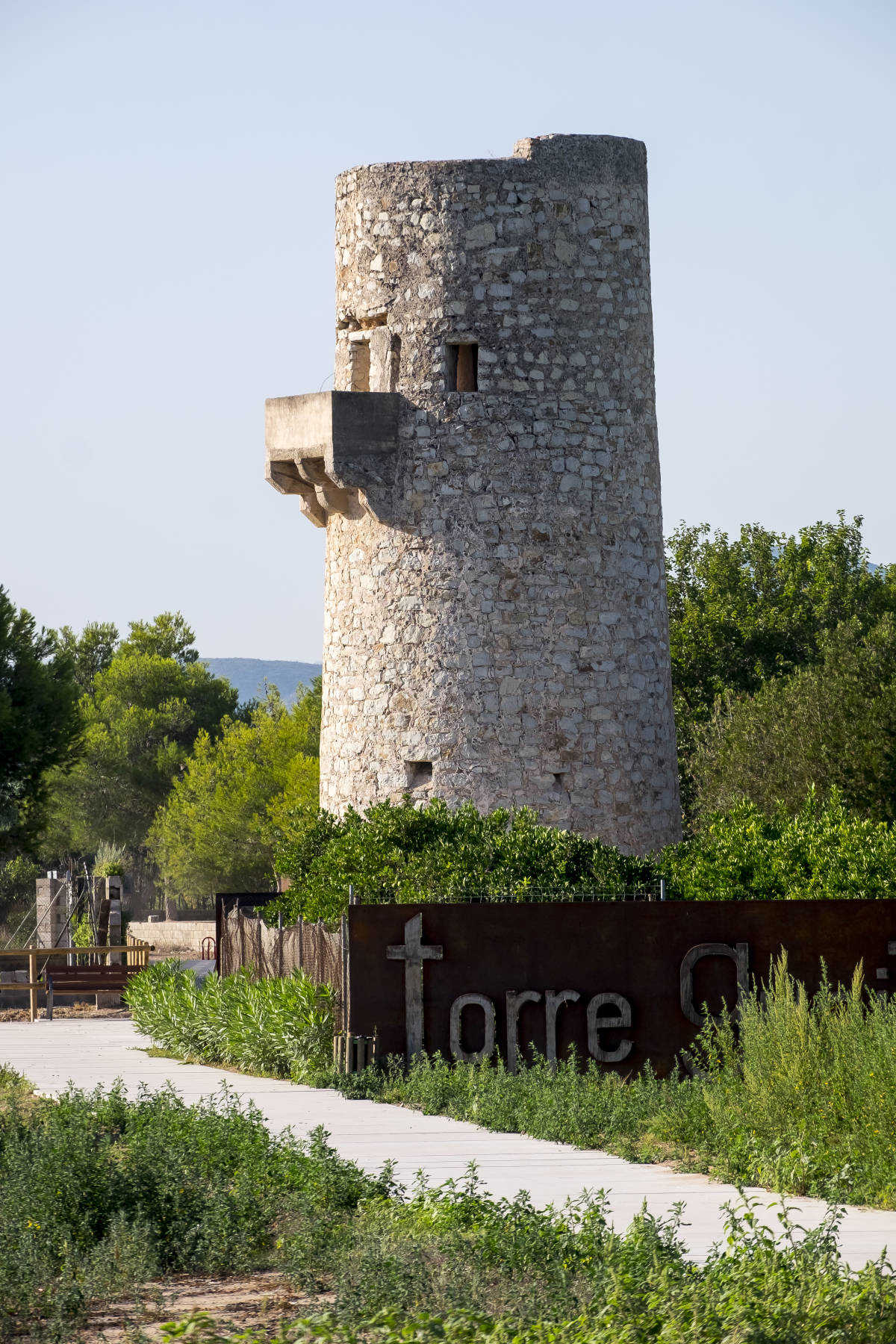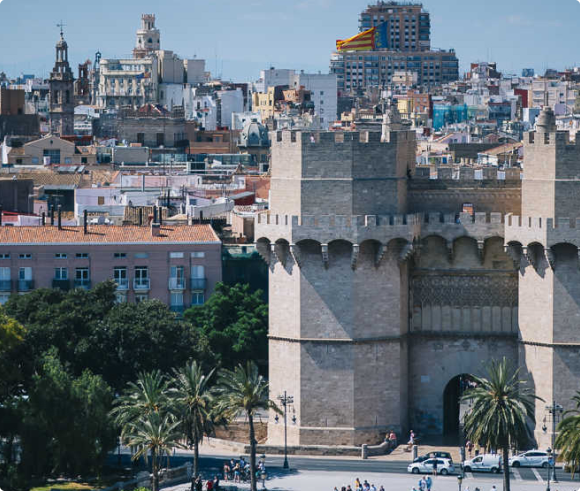VALÈNCIA. La belleza del valle en que se enclava Tavernes de la Valldigna cautiva a quien lo visita. Al este, el mar Mediterráneo da cobijo a dos excelentes playas (la de Tavernes y la de la Goleta) y, al norte y sur, las últimas manifestaciones de los sistemas montañosos ibérico y bético enmarcan el municipo. Un entorno que llevó a Jaime II de Aragón a fundar el Real Monasterio de Santa María de la Valldigna y a los neandertales del Paleolítico a asentarse en sus abrigos y cuevas. Así lo atestigua la cueva del Bolomor, donde se han hallado restos asociados a los asentamientos humanos más antiguos de Valencia. Hoy, la capital de la Valldigna conquista también por sus miradores naturales, sus rutas de senderismo, sus fiestas de fuego y color y, claro, su arroz, en cualquiera de sus variedades.

Tavernes de la Valldigna: Natural beauty
Anyone who visits Tavernes de la Valldigna is captivated by the valley that shelters it: To the east, the Mediterranean Sea houses two excellent beaches (Tavernes and La Goleta) and, to the north and south, the last manifestations of the Iberian and Baltic mountain systems frame the municipality. An environment that led Jaime II of Aragon to found the Santa María de la Valldigna Royal Monastery and the Neanderthals of the Palaeolithic to settle in their shelters and caves. Bolomor Cave is a clear example, where remains of the oldest human settlements in Valencia have been found. The capital of Valldigna captivates with its natural viewpoints, its hiking routes, its festivals of fire and colour and, of course, its many rice dishes.





















